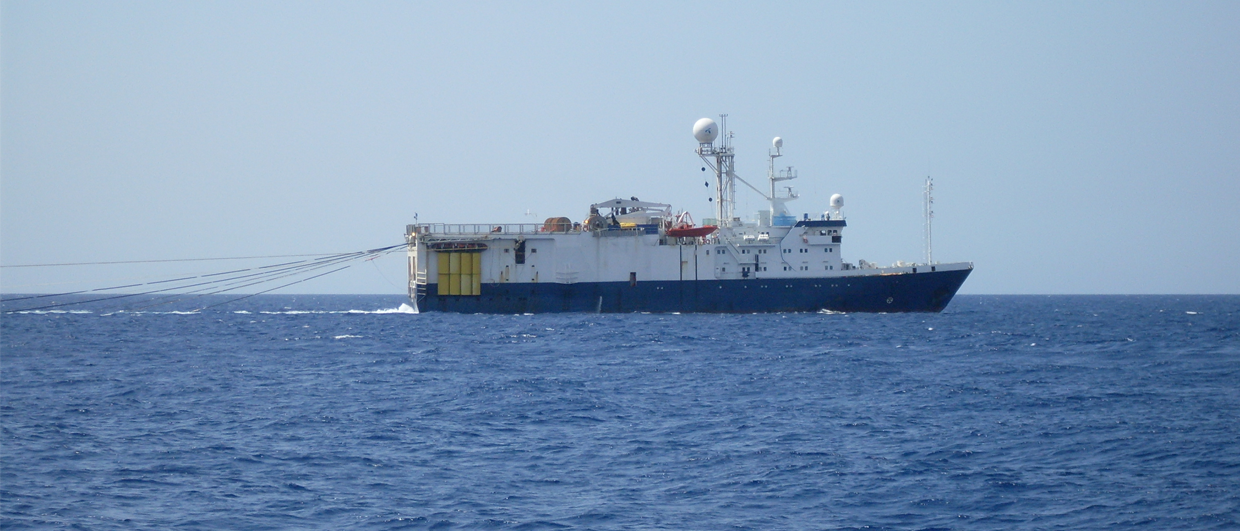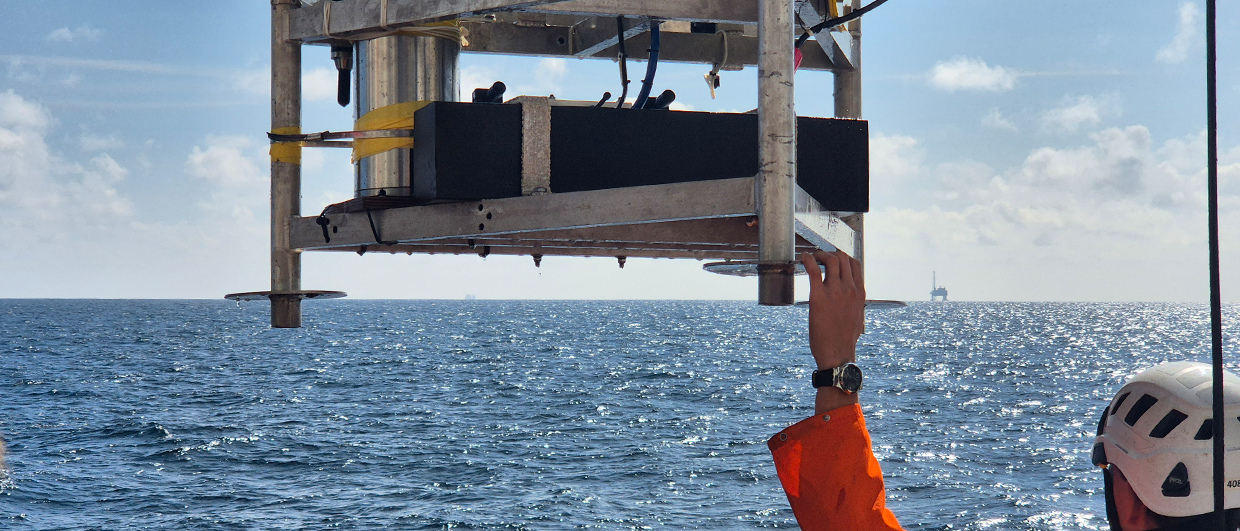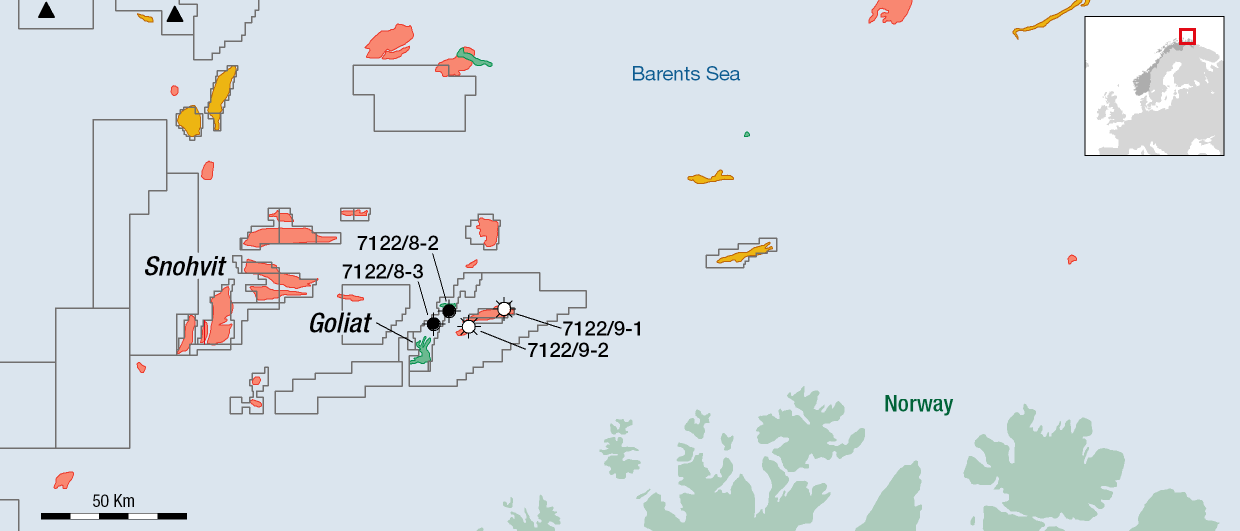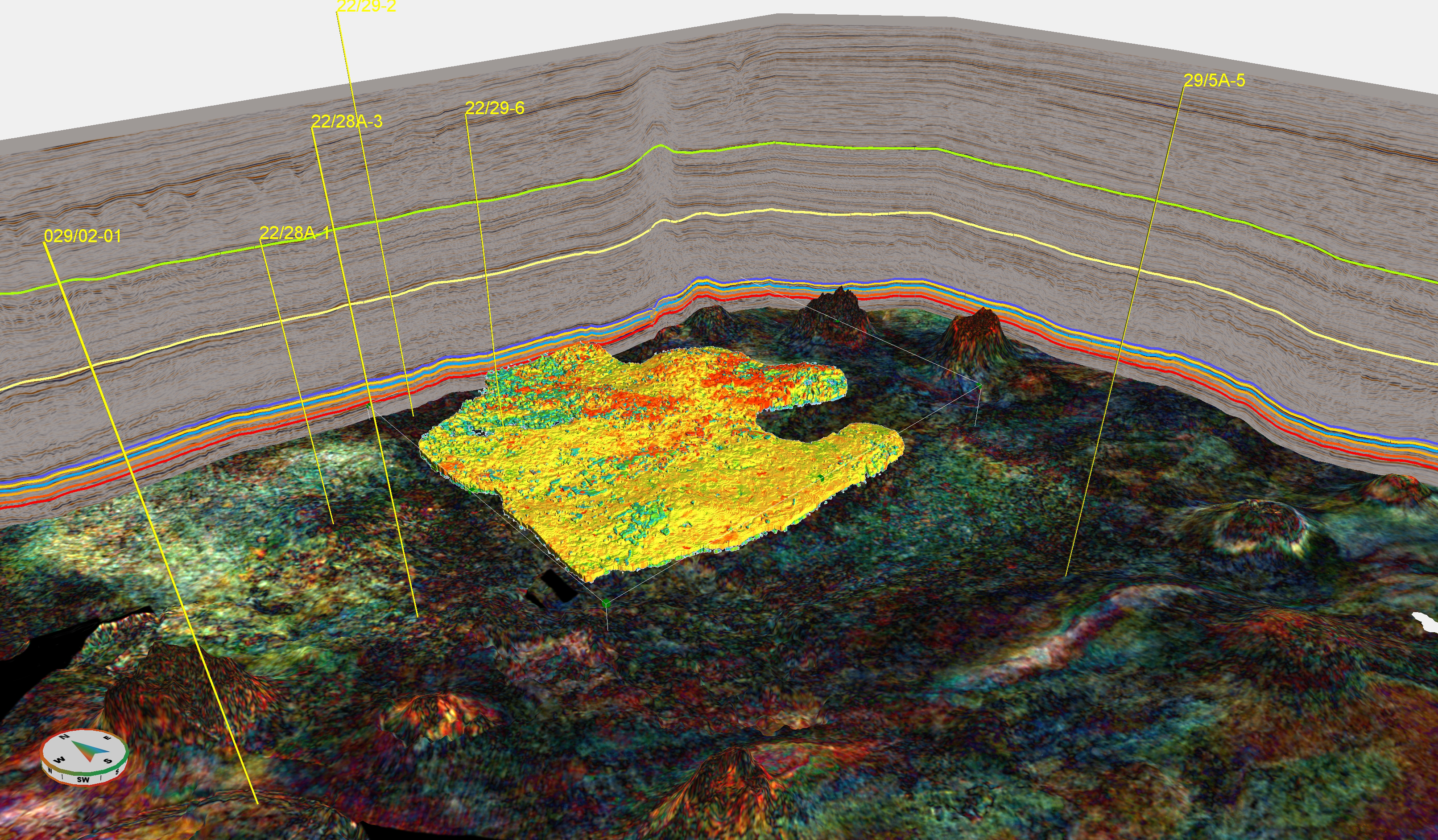While their exploration staff may be small, M Vest Energy is taking advantage of the opportunities the digitalization of the E&P industry provides.
– We are letting the machines do machine tasks, so our geologists can focus on the subsurface and bringing creative ideas to the table, said Susanne Sperrevik, Director of Business Development and Exploration at M Vest Energy at the NCS Exploration Strategy 2019 conference in Stavanger on November 21st.
M Vest Energy is a small oil company established in 2015, and in 2016 the company bought the assets of Atlantic Petroleum Norge. They are currently a partner in five licenses, of which two have discoveries.
According to Sperrevik, M Vest is seeking to grow organically and inorganically within “easy” areas.
– We are working with a portfolio of licenses near infrastructure and areas with possible overlooked discoveries. We are avoiding HPHT (high pressure, high temperature) domains and the Barents Sea. Our exploration portfolio size will remain manageable, as we intend to be very active partners.
The company’s focus areas are the Egersund basin, especially around the non-commercial PL972 Vette discovery, as well as other licenses in the North and Norwegian Sea including licenses close to the Aasta Hansteen producing gas field.
M Vest Energy is embracing the digitalization revolution within the E&P industry, and Sperrevik believes the main benefit may be that intelligent machines, cloud technology, and new software solutions can help the subsurface experts to focus on just that – the subsurface.
– They will spend less time looking for data and transferring data from one platform to another – we let the machines do routine tasks and cracking big data. We can work smarter by using technology and machine learning in order to get the most out of the data. Combined with our creativity, we can then identify missed pay and new opportunities.
Machine learning can, for instance, be used in automated analysis of logs, cores and cuttings to identify missed pay. One example would be to let machines analyze cores using a UV light source.
– Every sample that shines up under a UV light would send an alert to the geologist as these samples often contain hydrocarbons. This is an easy way to find oil with the help of machines, said Sperrevik.
According to Sperrevik, the company is also actively engaged in various initiatives to increase the value creation on the Norwegian Continental Shelf. This includes improved data sharing and collaboration between companies.
Her collegue, Jonas Torland will give a talk at the upcoming DigEx 2020 conference: Digitalization – Disrupting exploration at M Vest Energy: A case study from APA20209.
Text: RONNY SETSÅ




